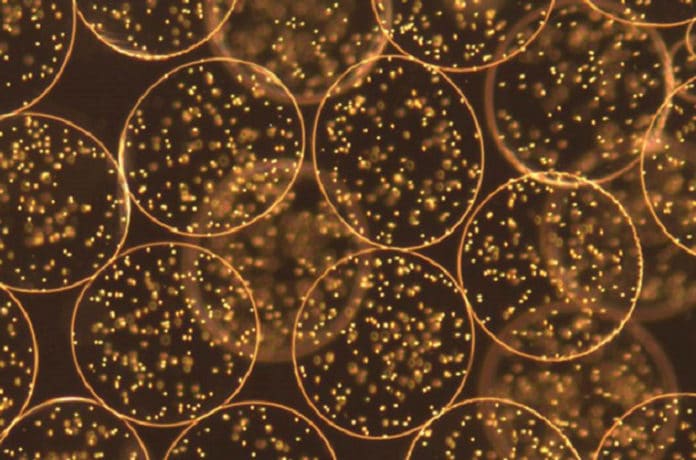Critical Limb Ischemia (CLI) is a severe obstruction of the arteries which markedly reduces blood flow to the extremities (hands, feet, and legs) and has progressed to the point of severe pain and even skin ulcers or sores. The pain caused by CLI can wake up an individual at night.
Clinical trials of cell therapy to date have only shown a modest benefit with disappointing results attributed to the lack of potency of cells injected, including a functional impairment of autologous cells harvested from patients with multiple co-morbidities.
Now, scientists at the St Thomas’ Hospital and King’s College London have developed small capsules using brown algae that contain macrophages, a type of white blood cell. According to scientists, this new algae-based treatment could reduce the need for amputation in people with critical limb ischaemia.
Scientists conducted the trails in mice. Alginate from the cell walls of brown algae, which is mainly found in cold waters in the Northern Hemisphere, was used to form the capsules. They found that these macrophages successfully remained in the injured area, new blood vessels formed, and as a result, more blood reached the damaged area.
Scientists are further planning to move this research into human clinical trials to help the people visiting the hospital with critical limb ischemia (CLI). Scientists believe that this new way of delivering cells could be the key to creating an effective treatment for people suffering from CLI.
Professor Metin Avkiran, Associate Medical Director at the British Heart Foundation which funded the research said:
“You might associate algae with your garden pond, but our researchers are proving these diverse organisms could hold the key to a new treatment for one of the leading causes of limb amputation – CLI.”
“Losing a limb is an all too devastating reality for many patients with CLI. The condition is caused by blockages in arteries that supply blood to the legs and feet, and is triggered by the same process that blocks coronary arteries when someone has a heart attack.”
“This research brings us a step closer to finding treatments for the thousands of people affected by this disabling condition in the UK.”
The study is published today in the journal npj Regenerative Medicine.
